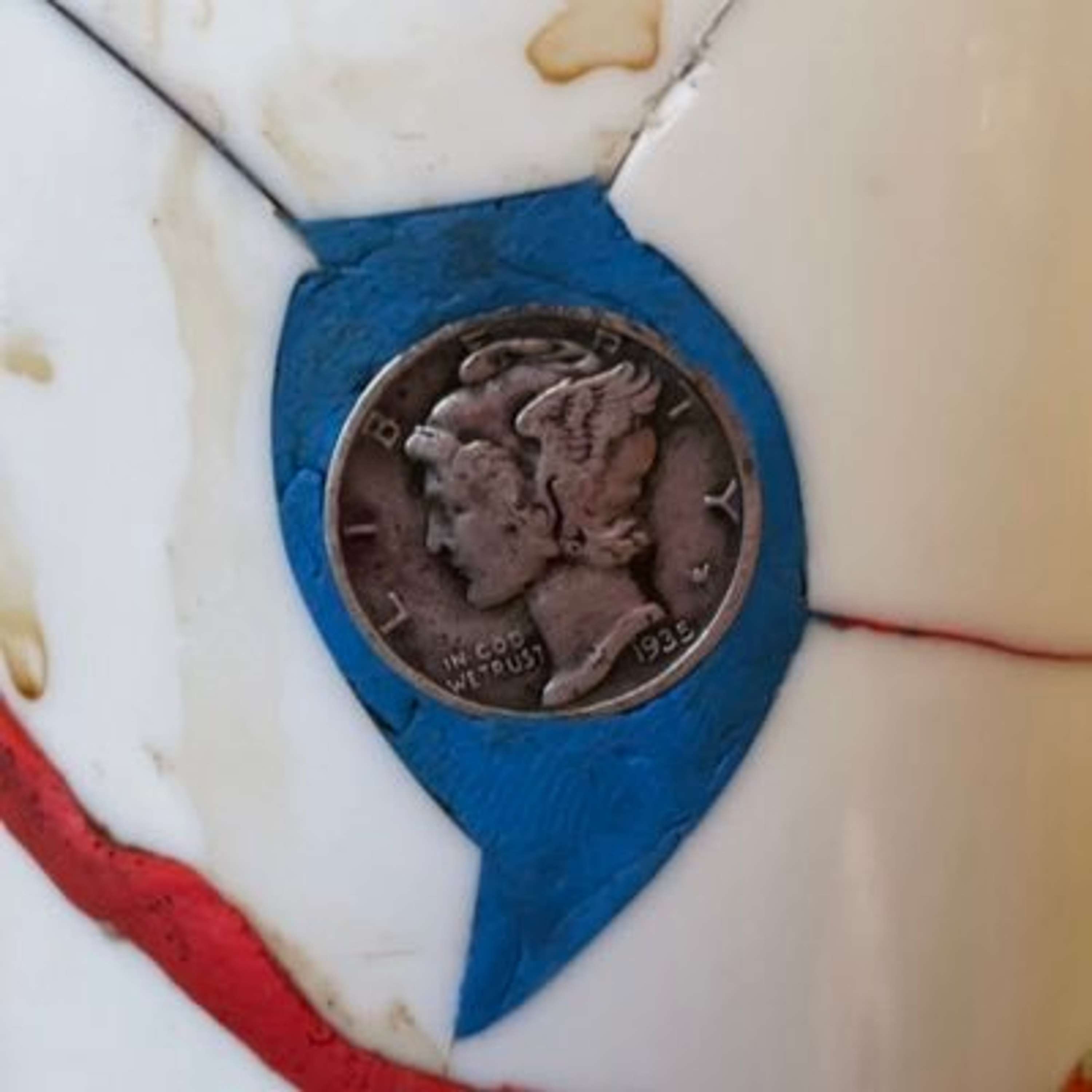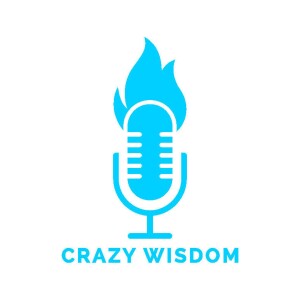
In this episode, Sam Atman, a developer with a background in biochemistry, shares his insights on the discussions around artificial intelligence (AI) safety. Oppen dismisses concerns about AI becoming a rogue actor, attributing such fears to religious neurosis and misunderstanding of the nature of AI. He argues that AI systems, such as Language Models (LLMs) like OpenAI, do not have personal motives or embodiment comparable to human intelligence. He also discusses AI's potential impact on creative fields such as art and music, and stresses the importance of tracing the connection between AI outputs and the training data. Finally, Oppen cautions against lobbying for government regulations on software and artificial intelligence, asserting that it could lead to dystopian outcomes.
Show Notes
00:02 Introduction and Guest Background
00:17 Exploring Weird Software and Programming Languages
01:09 Deep Dive into Hoon and Urbit
03:51 The Current State and Future of Urbit
10:26 AI Safetyism and the Regulation of GPUs and Software
18:17 The Nature of Intelligence and Consciousness in AI
25:43 The Misconceptions and Absurdities in AI Safetyism
29:28 Understanding AI Alignment and Training
30:14 AI Misconceptions and the Reality of AI Systems
30:53 Exploring the Concept of Lossy Compression in AI
31:04 The Impact of AI on Internet Accessibility
31:45 Understanding Attention Transformers in AI
32:39 AI and the Controversy of Training Data
39:53 The Evolution of AI: From Simple Calculations to Complex Synthesis
46:15 The Ethical Dilemma of AI in Art and Music
50:48 The Legal Implications of AI in Art and Music
54:09 Final Thoughts on AI: Potential, Misconceptions, and Future
Key Insights
-
Hoon's Uniqueness: Hoon, a programming language for the Urbit project, is noted for its unusual and esoteric qualities, resembling runes and creating a steep learning curve which filters for dedicated developers.
-
Urbit's Development and Influence: Urbit, a new internet and permissionless network, is in a critical development phase. Although it has a small user base, it's highly active, with most users also contributing as developers.
-
Urbit's Future Viability: Urbit's success may partly depend on the decline of conventional alternatives. It offers a private, peer-to-peer social media alternative, setting it apart from mainstream platforms.
-
Concerns Over AI Regulation: There is skepticism about the push for government regulation of AI, particularly around the use of GPUs for AI development. This could lead to an administrative oversight over software, potentially stifling innovation.
-
Artificial Intelligence Misconceptions: There's a critique of the belief that AI could develop dangerous autonomy or consciousness. AI, especially language models, are seen as sophisticated tools lacking the embodiment that characterizes human intelligence.
-
Neural Networks and Machine Learning: The conversation touches on the evolution of AI, including the shift from voice-to-text and image classifiers to current large language models, highlighting the continuous advancement in AI capabilities.
-
Generative Art and Copyright Issues: AI-generated art raises questions about copyright and the use of training data. Artists' concerns about AI models replicating their styles without compensation or acknowledgment are highlighted.
-
Sampling Analogy in AI Art: The analogy between music sampling and AI-generated art is made, suggesting that AI art could face similar legal challenges regarding the use of original artists' work in training data.
-
AI's Potential Misuse vs. Its Nature: While AI can be used negatively by bad actors, it's emphasized that AI itself won't become a bad actor, as it lacks agency and consciousness.
-
Sam Atman's Online Presence: Finally, for those interested in following Sam's work, his main platform is Twitter, where he shares his thoughts and developments in his field.
More Episodes
Create your
podcast in
minutes
- Full-featured podcast site
- Unlimited storage and bandwidth
- Comprehensive podcast stats
- Distribute to Apple Podcasts, Spotify, and more
- Make money with your podcast
It is Free
- Privacy Policy
- Cookie Policy
- Terms of Use
- Consent Preferences
- Copyright © 2015-2024 Podbean.com







